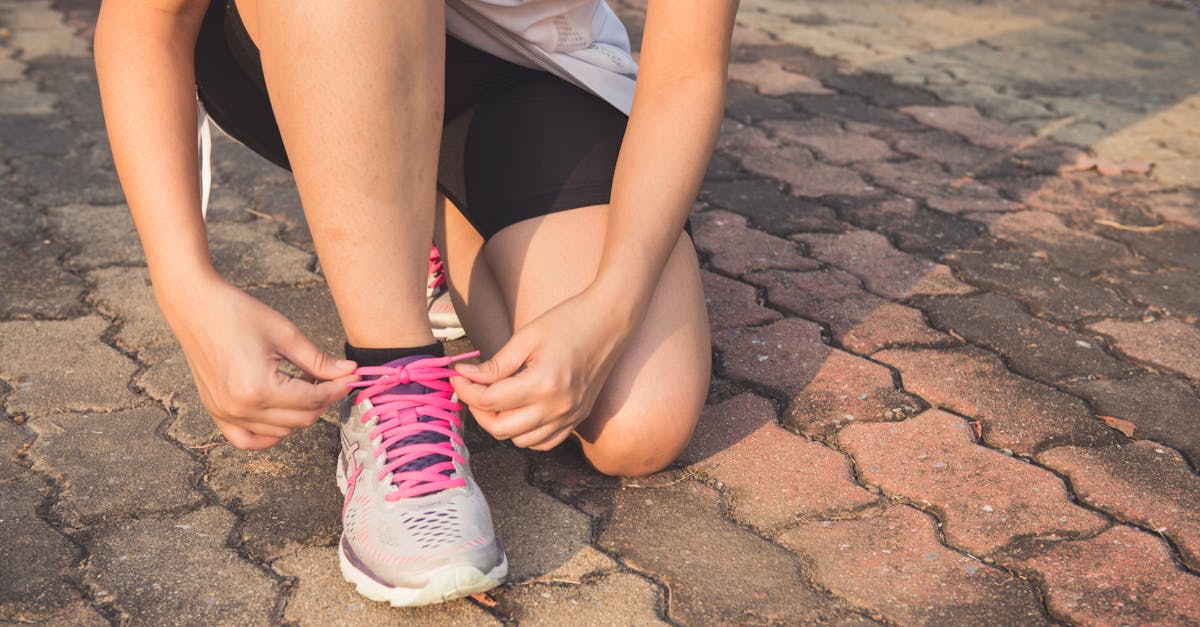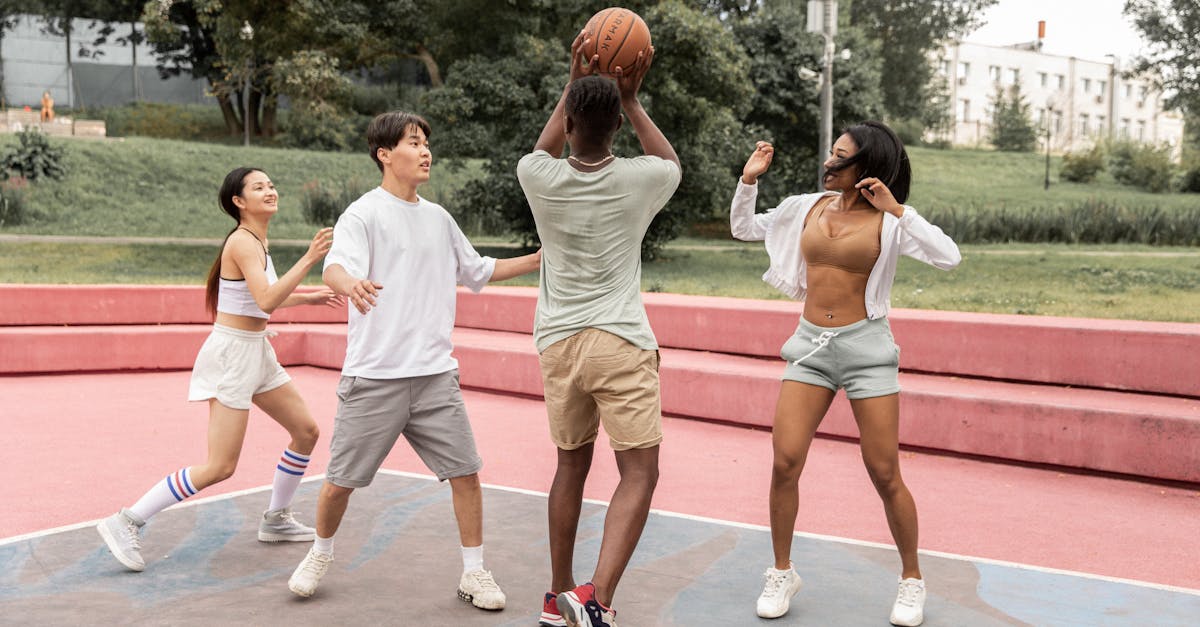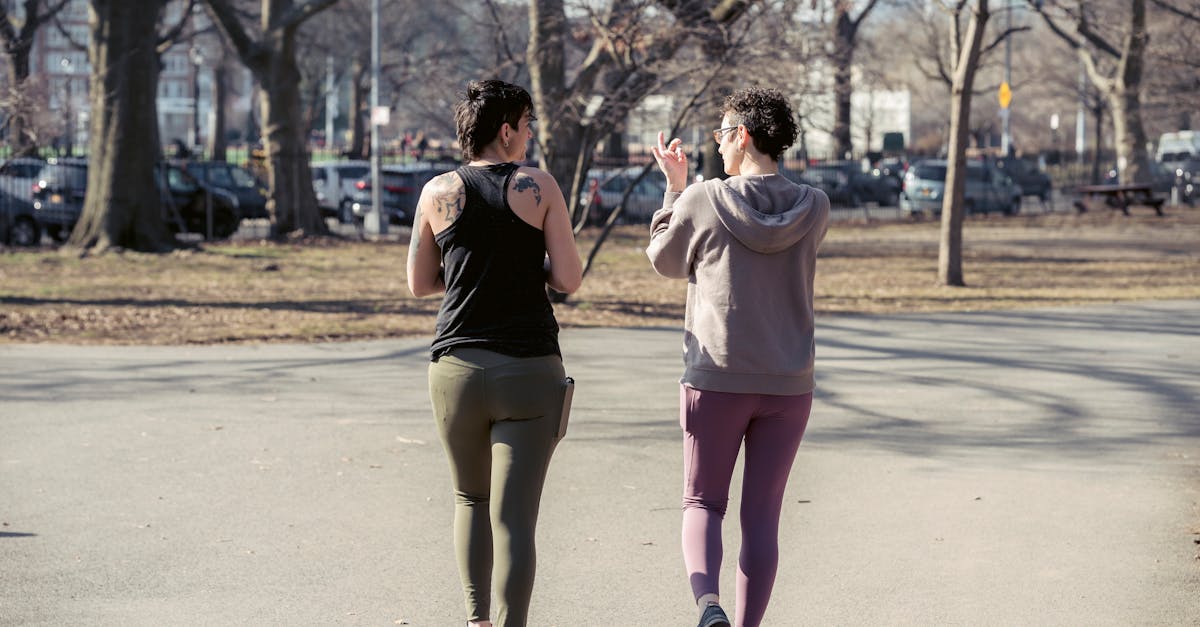Spring is upon us, and so are seasonal allergies.
As we step outside to embrace the warmer weather, pollen and allergens await us.
In our post, we’ll explore the delicate balance between outdoor exercise and managing seasonal allergies.
We’ll provide expert tips on how to stay active while minimizing allergy symptoms.
Whether you’re a fitness enthusiast or simply enjoy a stroll in the park, understanding how to navigate seasonal allergies during outdoor activities is crucial.
Join us as we uncover the secrets to enjoying the great outdoors without letting allergies hold us back.
Key Takeaways
- Understand your specific seasonal allergy triggers to better prepare for outdoor activities.
- Be aware of pollen forecasts and allergen levels in your area before exercising outdoors.
- Opt for early morning or late evening workouts to avoid peak pollen hours.
- Wear protective gear like hats and sunglasses to shield yourself from pollen.
- Stay hydrated to help ease allergy symptoms and shower after workouts to wash off pollen.
- Regularly monitor pollen levels to plan your outdoor exercises for optimal comfort.

Understanding Seasonal Allergies
Seasonal allergies are more than just sneezing and watery eyes. Pollen, mold spores, and other outdoor allergens can trigger unwanted symptoms that affect our outdoor activities. These allergens can be found in the air we breathe, on the grass we sit on, and the flowers we admire.
Knowing our specific triggers is vital. Allergies can vary depending on the region and time of year. Educating ourselves on common allergens can help us better prepare for outdoor exercises. It’s crucial to monitor the pollen forecast before heading out to ensure we can take necessary precautions.
Visit the American Academy of Allergy, Asthma & Immunology for more information on seasonal allergy triggers and management.
Understanding how seasonal allergies impact us individually is key to enjoying outdoor workouts without the unwanted sneezes and sniffles.
Impact of Pollen and Allergens on Outdoor Exercise
When it comes to outdoor workouts, pollen and other allergens can throw a wrench in our plans. These tiny particles floating in the air can trigger our allergies, making it challenging to breathe and exercise comfortably. Asthma sufferers and individuals with seasonal allergies are particularly susceptible. That’s why it’s essential to be aware of pollen counts and allergen levels in our area before heading out for a run or a hike.
Pollen from trees, grasses, and weeds can vary depending on the season and region. Certain plants release pollen at specific times of the year, so knowing our local pollen calendar can help us better prepare for outdoor activities. If we’re sensitive to certain allergens, it’s wise to check the pollen forecast regularly. It’s not about avoiding outdoor exercises altogether but finding the right balance to stay active and healthy even though seasonal challenges.
- Check the current pollen forecast in your area on Pollen.com
- Learn more about seasonal allergies from the American College of Allergy, Asthma, and Immunology

Expert Tips for Exercising Outdoors with Allergies
When exercising outdoors with seasonal allergies, here are some tips to help us enjoy our workout:
- Choose the right time: Opt for early morning or late evening workouts to avoid peak pollen hours.
- Cover up: Wear a hat and sunglasses to shield our face from pollen.
- Stay hydrated: Drinking plenty of water can help thin mucus and ease symptoms.
- Shower after: Washing off pollen after exercising prevents it from spreading indoors.
- Check pollen levels: Before heading out, make sure to check the pollen forecast. It can guide us on the best times to exercise.
For more information on managing seasonal allergies during outdoor activities, visit AAAAI.org or ACAAI.org.
Best Practices for Minimizing Allergy Symptoms
When exercising outdoors with allergies, there are a few best practices we can follow to minimize symptoms:
- Choose the right time: Opt for early mornings or late evenings to avoid peak pollen hours.
- Wear protective gear: Don hats and sunglasses to shield yourself from pollen.
- Stay hydrated: Drinking plenty of water can help ease allergy symptoms.
- Shower after workouts: Wash off pollen to prevent it from lingering on your skin.
- Check pollen levels: Always stay informed about pollen levels before heading out.
For more tips on managing seasonal allergies during outdoor activities, visit AAAAI.org or ACAAI.org.

Embracing the Outdoors: Balancing Exercise and Allergies
When combining outdoor exercise with seasonal allergies, it’s essential to find a harmony to maintain our health and fitness goals without compromising our well-being. Here are some practical tips to help us strike that balance:
- Plan Your Workout: Opt for early mornings or late evenings when pollen levels are lower.
- Protective Gear: Don hats and sunglasses to shield yourself from allergens.
- Stay Hydrated: Remember to drink plenty of water throughout your workout to stay hydrated.
- Post-exercise Routine: Don’t forget to shower after exercising outdoors to remove any lingering pollen.
- Check Pollen Levels: Always monitor pollen levels before heading out for your workout for optimal comfort.
Remember, for more in-depth tips on managing seasonal allergies during outdoor activities, visit AAAAI.org or ACAAI.org.

